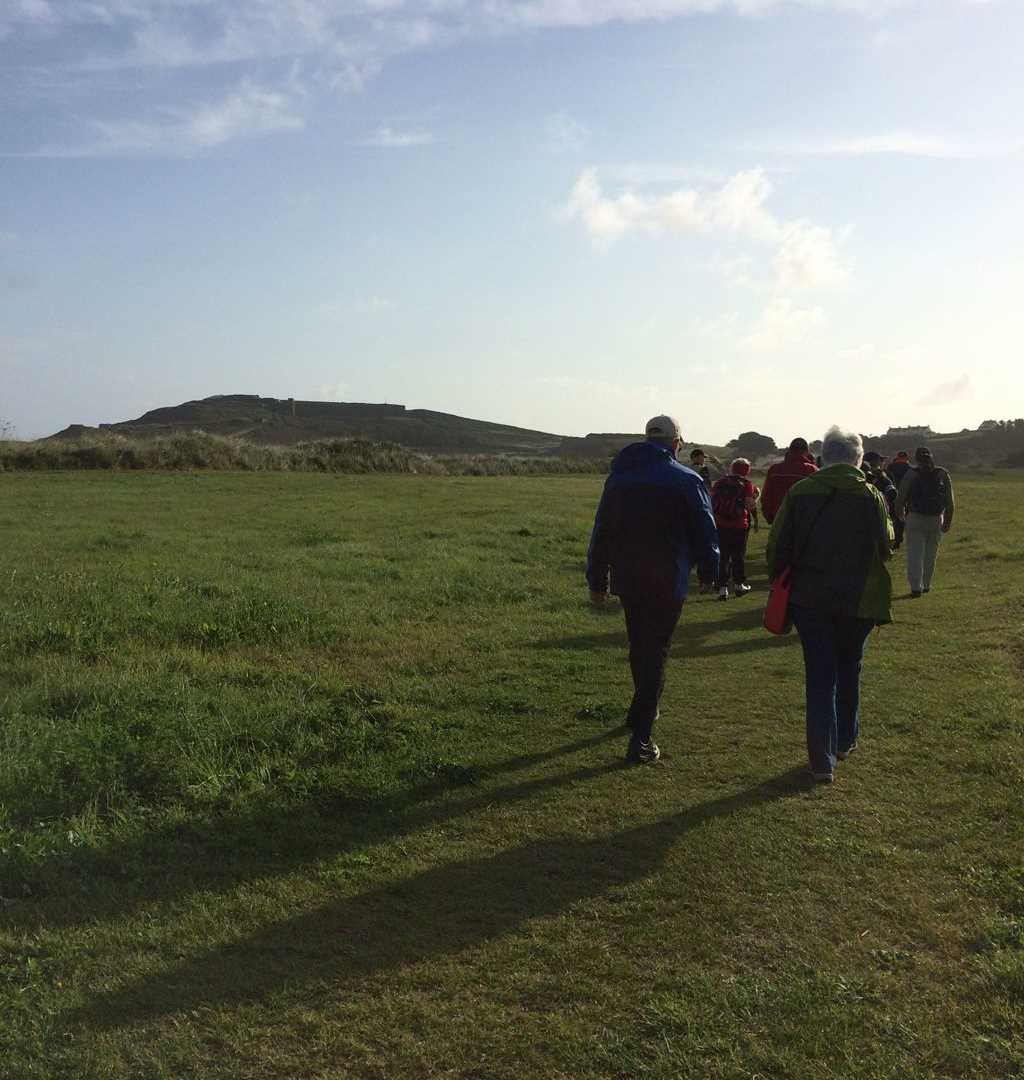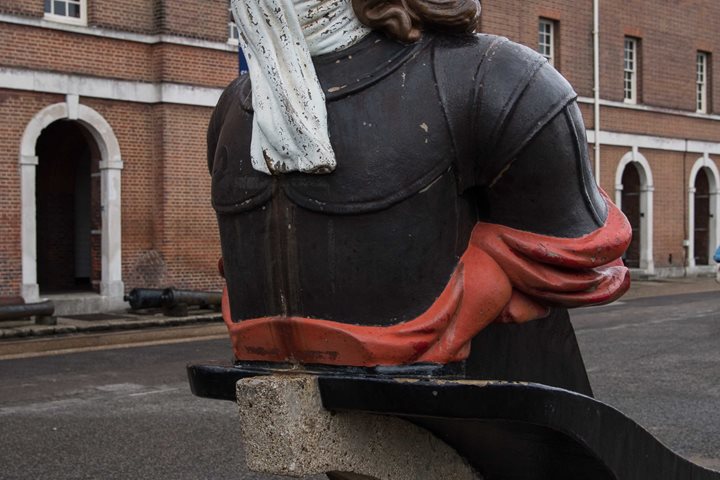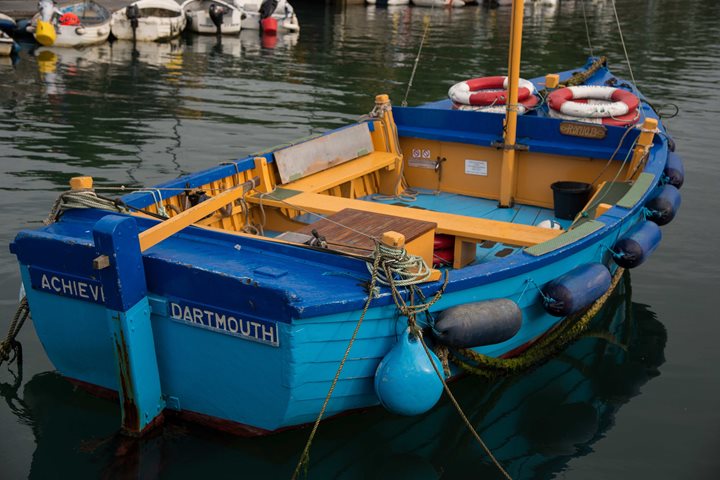Alderney, the northernmost Channel Island, greeted us with puffs of clouds chasing one another across a blue sky. A grey tower of rain clouds soon descended behind the town of Braye however, providing dramatic contrast for those with their cameras on guided photo walks—and prompting those on the nature hike to hastily dig through their packs for rain gear! But for a short sprinkle, though, the skies smiled on us, as we explored this historic and well-fortified island, which lies about ten miles from the Normandy coast of France. In the afternoon we sailed to Sark, another Channel Island. Sark welcomed us with its charming public transportation: the Toaster, as it is called, one of the tractors that transport people, goods, and equipment up and down from the harbors, throughout the small island, and across the land bridge between Big Sark and Little Sark. It was a cheerful afternoon, exploring Sark on a walking tour, by bicycle, or in a horse-drawn carriage.
9/8/2017
Read
National Geographic Orion
Portsmouth
The Channel Islands lie to the south of the area that geographers used to call the British Isles and which we might, with less fear of offending Irish sensibilities, better refer to the East Atlantic Archipelago. Those islands, like the Isle of Man, do not form part of the United Kingdom but are Crown Dependencies. From Alderney, we sailed overnight north-east across the English Channel to arrive at Portsmouth, the main naval port of the UK. Geographically, it is superbly situated, sheltered by the Isle of Wight. The body of water between the island and the mainland is known as The Solent and is busy with traffic. Naval vessels and cross-channel ferries operate in and out of Portsmouth, and container vessels and cruise ships use Southampton to the west. We berthed in Portsmouth with a choice of two options: a visit to the Historic Naval Dockyard or an ornithological field trip to visit the nature reserve at Titchfield Haven. The Historic Dockyard in Portsmouth is home to the iconic vessel, HMS Victory , flagship of the British fleet in the Napoleonic Wars. It was commanded by the national hero Horatio Nelson, who died in battle at Trafalgar knowing that his brilliant tactics had defeated the numerically superior French fleet. We had a private tour of the vessel before the official opening time followed by time for personal exploration. For many of us, a highlight was the new exhibition of the Mary Rose , a Tudor warship that sank in The Solent in 1545 and lay undiscovered until 1971. It has taken years for marine archaeologists to recover the vessel and its extraordinary contents are now displayed at the Historic Dockyard. At Titchfield Haven, there were plentiful wetland birds. Notable species observed included a pectoral sandpiper that had arrived from North America, the black-tailed Godwit, and the secretive water rail.






